What is a Hard Fork and How Does it Work?

In the world of blockchain technology, a hard fork refers to a significant and radical change in a network's protocol. This change results in the creating of two separate branches, one following the previous protocol and the other following the new version.
Unlike a soft fork, which is a minor upgrade to the protocol, a hard fork requires all nodes or users to upgrade to the latest version of the protocol software.
Understanding Blockchain and Forks
Before delving into hard forks, it's important to understand the basics of blockchain technology. A blockchain is a decentralized digital ledger that records transactions and other events in a series of blocks.
Each block contains data and a set of instructions, known as protocols, which dictate how the blockchain network functions. Because a blockchain is decentralized, any changes to its protocol need to be voted on and approved by its community of users.
When developers propose major changes or disagreements arise regarding the development of a blockchain, a hard fork may be initiated to create a new and separate blockchain.
How Does a Hard Fork Work?
When a hard fork occurs, the new version of the blockchain is no longer compatible with older versions. This creates a permanent divergence from the previous version of the blockchain.
The new rules and protocols implemented through the hard fork create a fork in the blockchain, with one path following the upgraded blockchain and the other path continuing along the old one.
Miners, who play a crucial role in verifying transactions and maintaining the blockchain, must choose which blockchain to continue verifying. Holders of tokens in the original blockchain will also be granted tokens in the new fork.
However, it's important to note that the old version of the blockchain may continue to exist even after the fork, potentially with security or performance flaws that the hard fork aimed to address.
Reasons for Hard Forks
Developers may implement a hard fork for various reasons. One common motivation is to correct significant security risks found in older versions of the software.
Hard forks can also introduce new functionality or reverse transactions, as seen in the case of the Ethereum blockchain's hard fork to address the hack on the Decentralized Autonomous Organization (DAO).
In 2016, the Ethereum community unanimously voted in favor of a hard fork to roll back transactions that resulted in the theft of millions of dollars worth of digital currency.
The hard fork allowed DAO token holders to retrieve their funds through a newly created smart contract. While the hard fork did not undo the network's transaction history, it enabled the recovery of stolen funds and provided failsafe protection for the organization.
Examples of Hard Forks
Hard forks have occurred in various blockchain networks, not just in Bitcoin. Bitcoin itself has witnessed several notable hard forks.
In 2014, Bitcoin XT emerged as a hard fork to increase the number of transactions per second that Bitcoin could handle. However, the project lost interest and is no longer in use.
Another significant hard fork in the Bitcoin ecosystem took place in 2017, resulting in the creation of Bitcoin Cash.
The hard fork aimed to increase Bitcoin's block size to improve transaction capacity. Subsequently, in 2018, Bitcoin Cash experienced another hard fork, leading to the emergence of Bitcoin Cash ABC and Bitcoin Cash SV.
Ethereum, another prominent cryptocurrency, also underwent a hard fork in response to the DAO hack mentioned earlier. The fork resulted in the creation of Ethereum Classic, which maintained the original blockchain and the updated Ethereum network.
Pros and Cons of Hard Forks
Hard forks offer several benefits to blockchain networks. They can address security issues, enhance the performance of a blockchain, and introduce new features or functionalities.
Hard forks also provide an opportunity for participants in a blockchain community to pursue different visions for their projects and potentially resolve disagreements.
However, hard forks also come with disadvantages. They can confuse investors when a new but similar cryptocurrency is created alongside the original.
Furthermore, hard forks may expose blockchain networks to vulnerabilities, such as 51% attacks or replay attacks. Additionally, the existence of the old version of the blockchain after a hard fork may lead to security or performance flaws that the fork aimed to fix.
Hard Forks vs. Soft Forks
While hard forks create two separate blockchains, soft forks result in a single valid blockchain. In a soft fork, the blockchain's existing code is updated, but the old version remains compatible with the new one.
This means that not all nodes or users need to upgrade to the latest version of the protocol software. The decision to implement a hard fork or a soft fork depends on a blockchain network's specific goals and requirements.
Hard forks are often favored when significant changes are necessary, even if a soft fork could potentially achieve the same outcome.
Conclusion
Hard forks play a significant role in the evolution of blockchain technology. They allow for radical changes to a network's protocol, creating new blockchains and potential improvements in security, performance, and functionality.
However, hard forks also come with risks and challenges, such as confusion among investors and possibly exposing blockchain networks to vulnerabilities.
As the blockchain industry continues to evolve, it's essential for investors and stakeholders to stay informed about proposed changes and forks in their cryptocurrency holdings.
Understanding the implications of hard forks and their potential impact on the value of crypto assets is crucial for navigating this rapidly changing landscape.
Remember, investing in cryptocurrency should be cautiously approached, especially for newcomers who are still learning how blockchain works. Stay updated, do thorough research, and seek professional advice before making investment decisions.
Disclaimer
The information provided on this website does not constitute investment advice, financial advice, trading advice, or any other advice, and you should not treat any of the website's content as such.
Token Metrics does not recommend buying, selling, or holding any cryptocurrency. Conduct your due diligence and consult your financial advisor before making investment decisions.
Create Your Free Token Metrics Account

.png)




%201.svg)
%201.svg)


%201.svg)



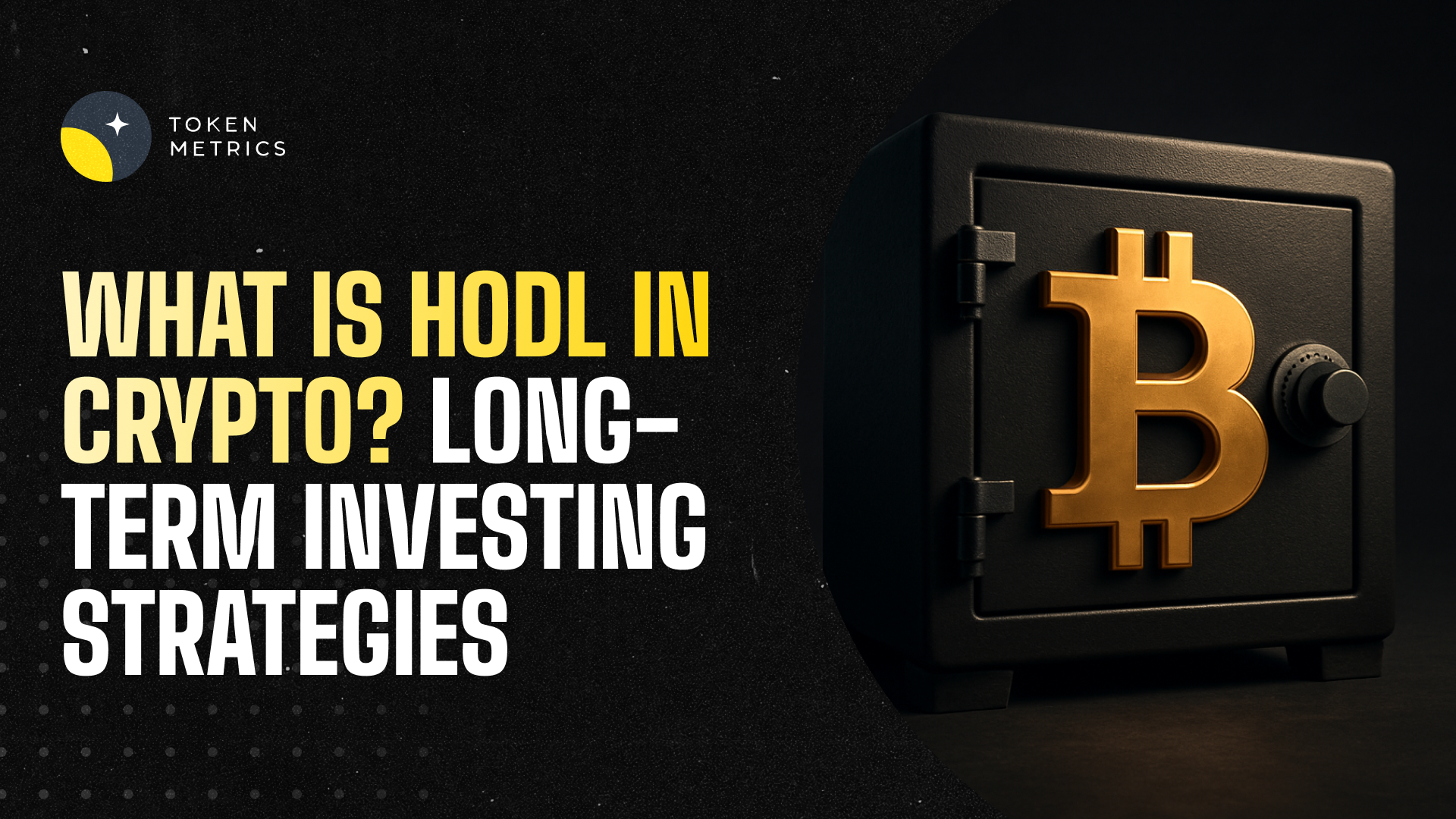

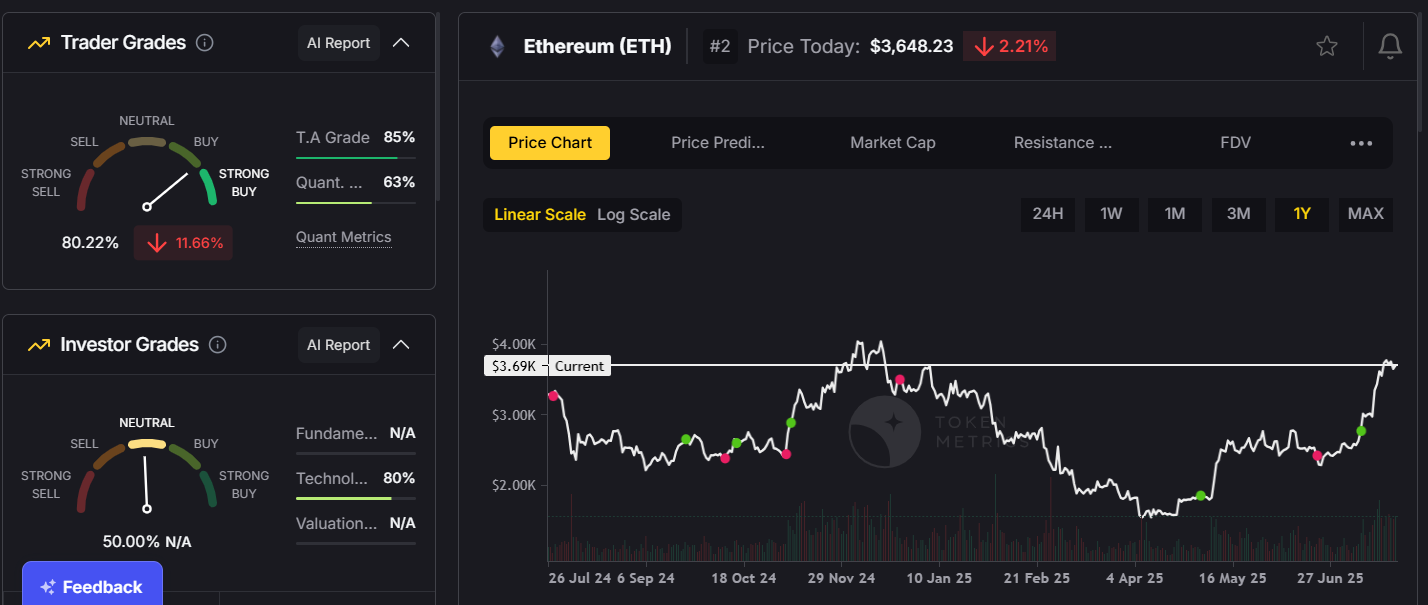
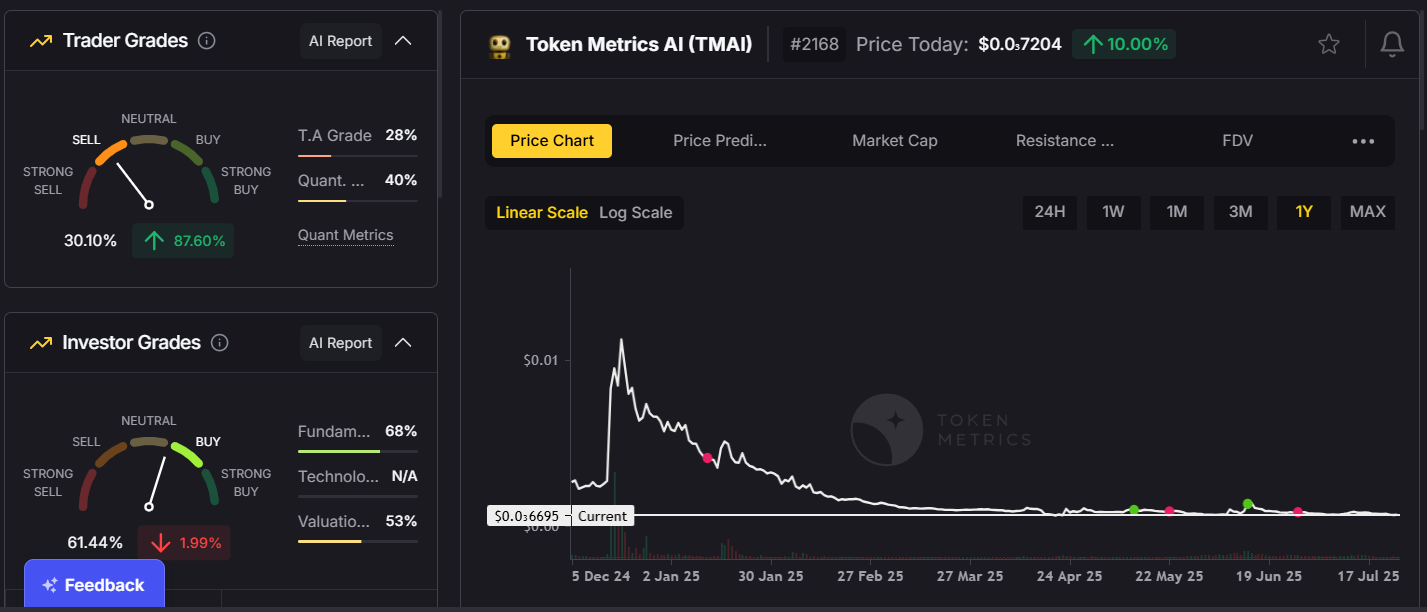
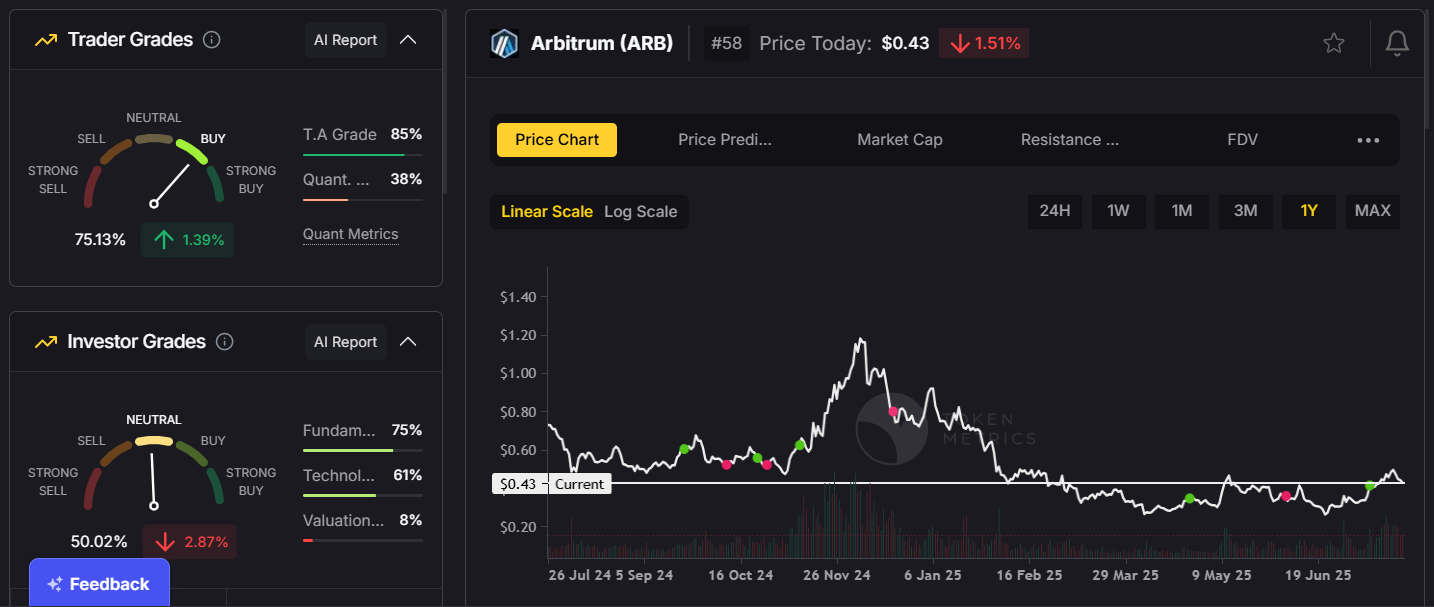
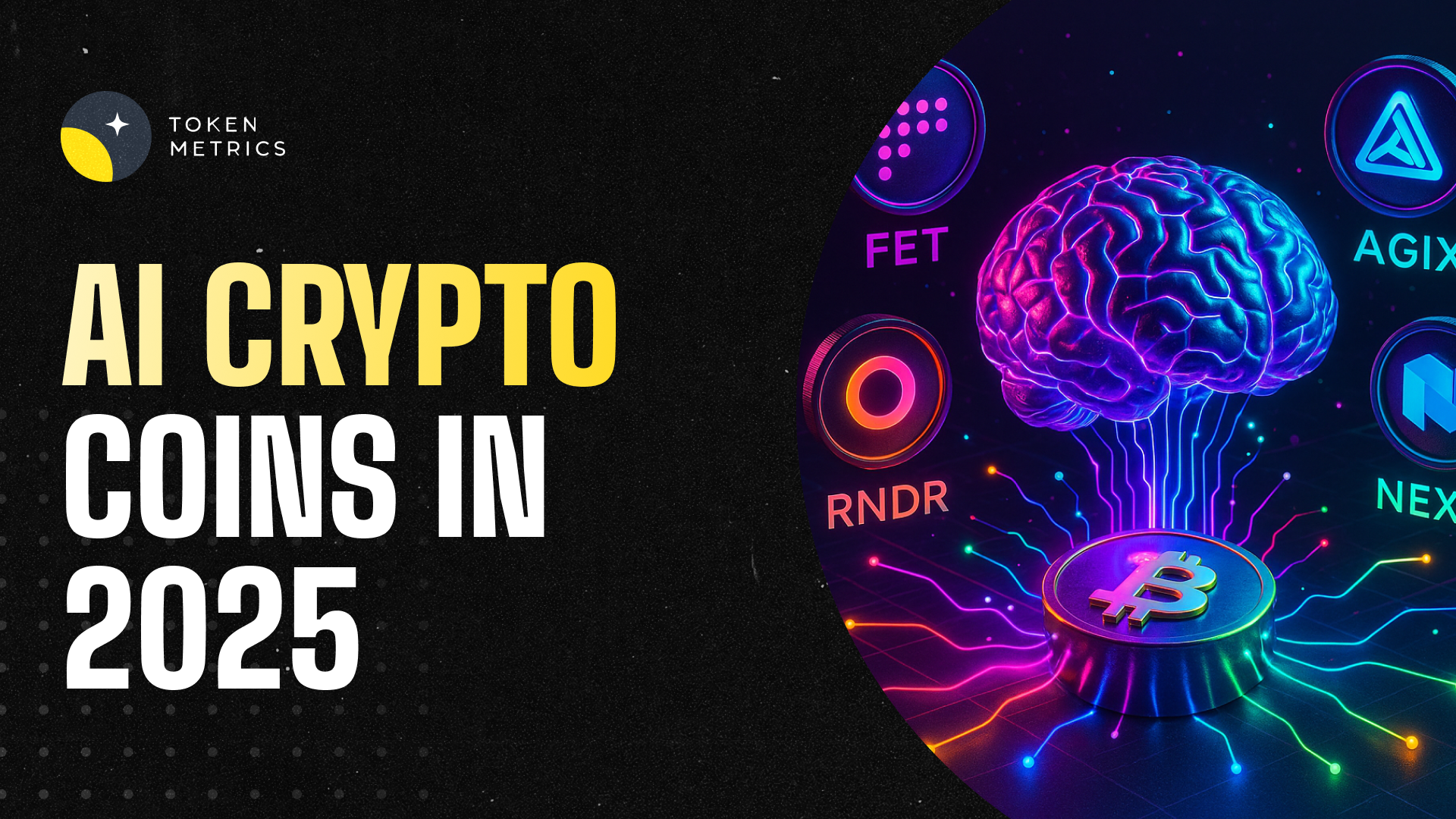
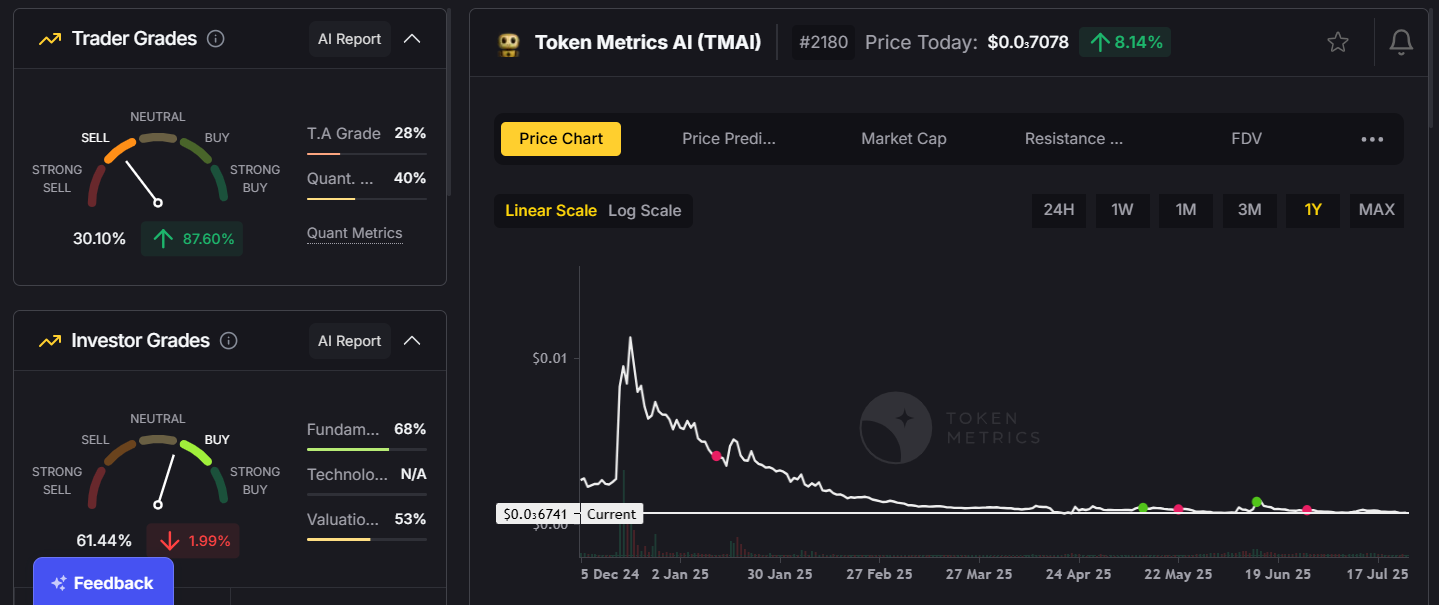
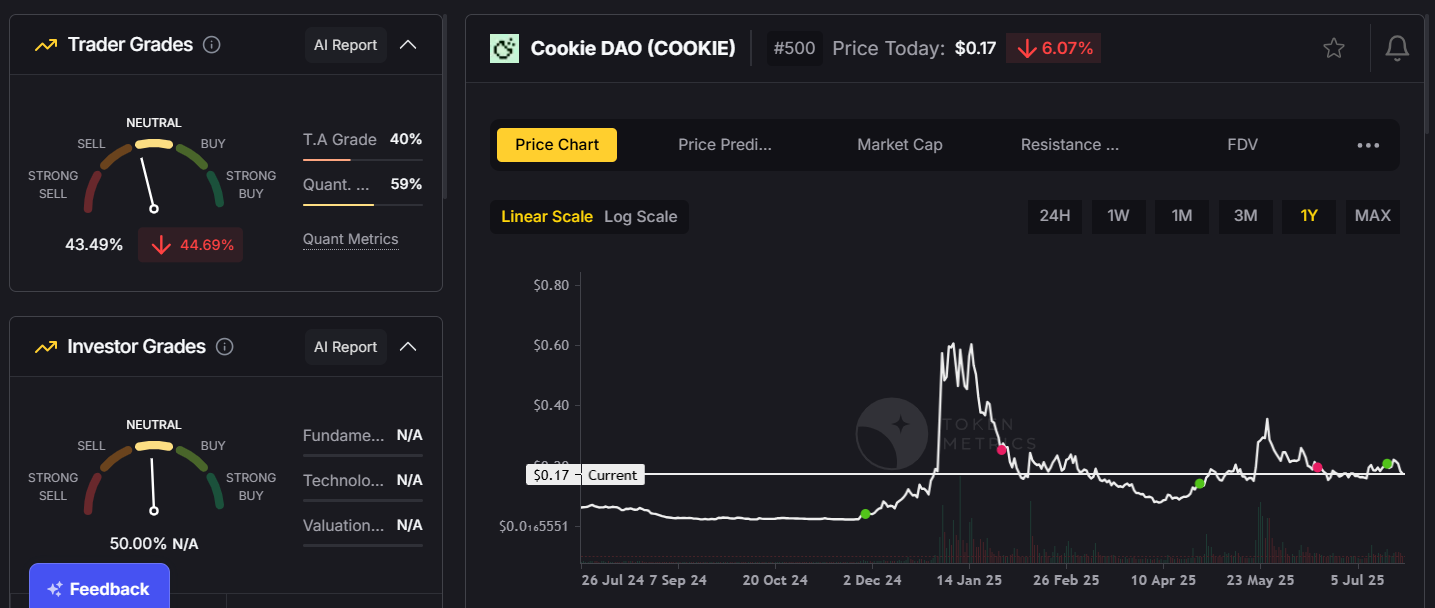

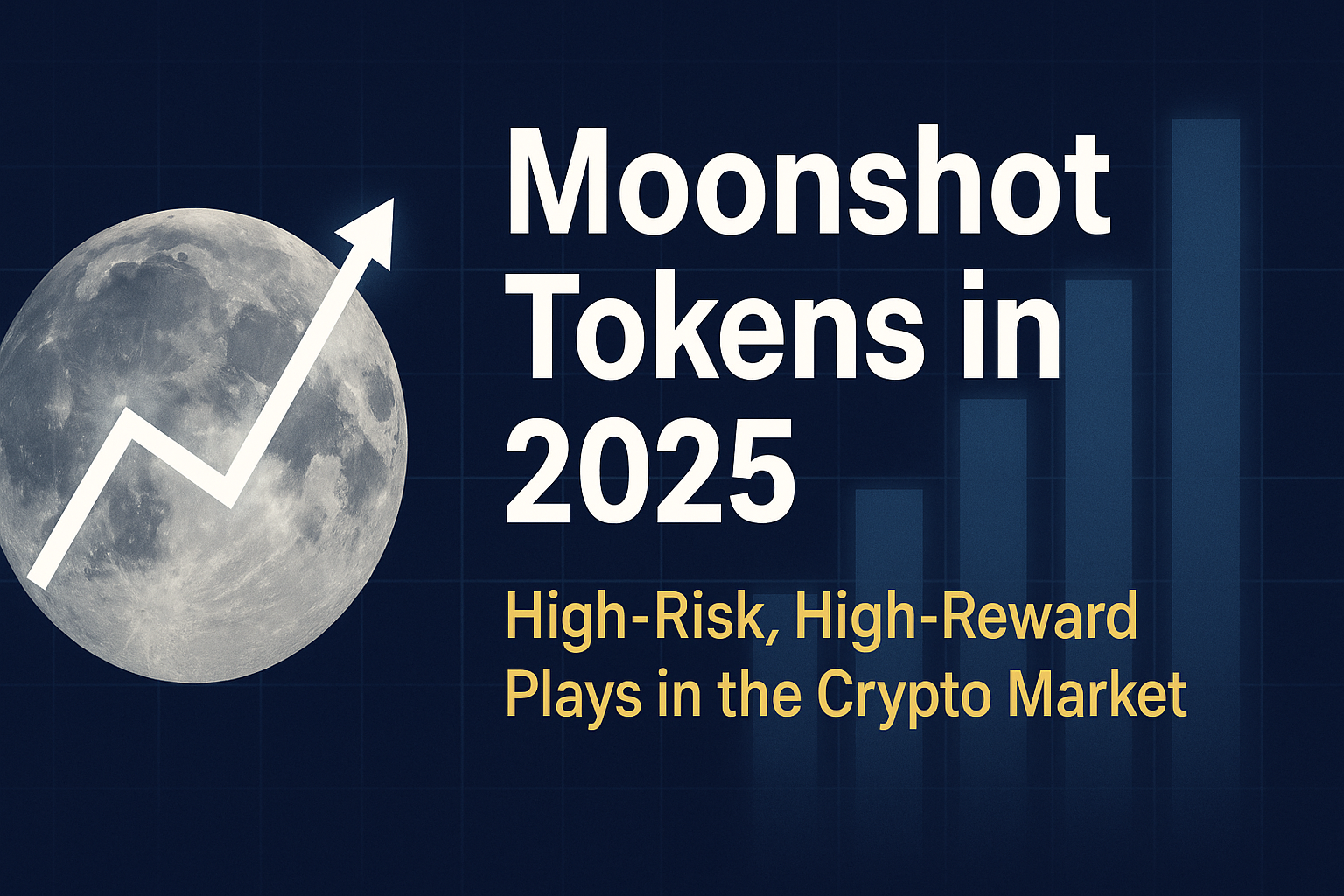
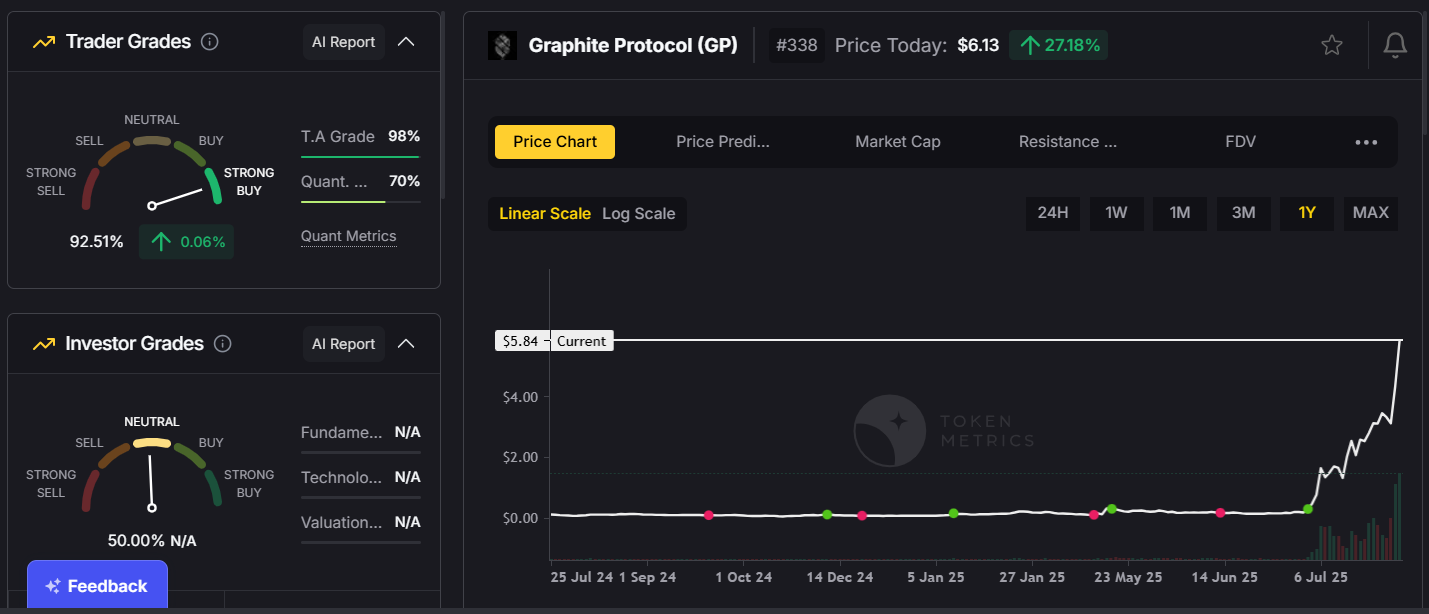
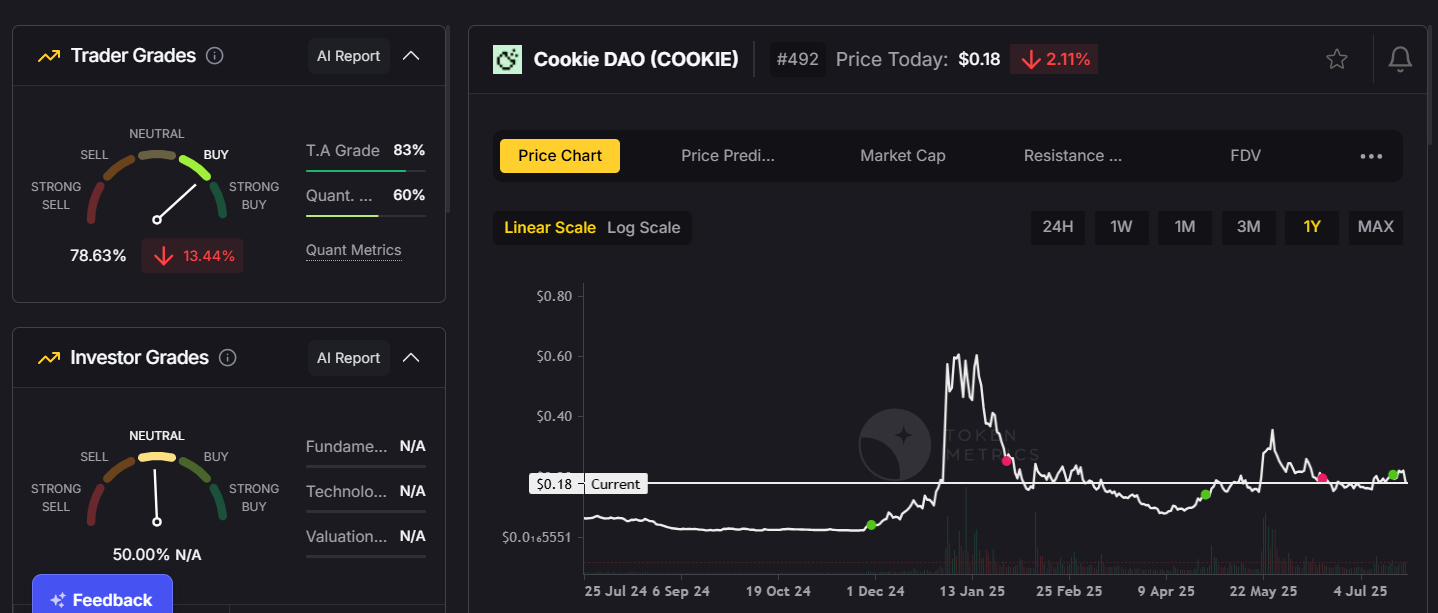




.svg)




.png)